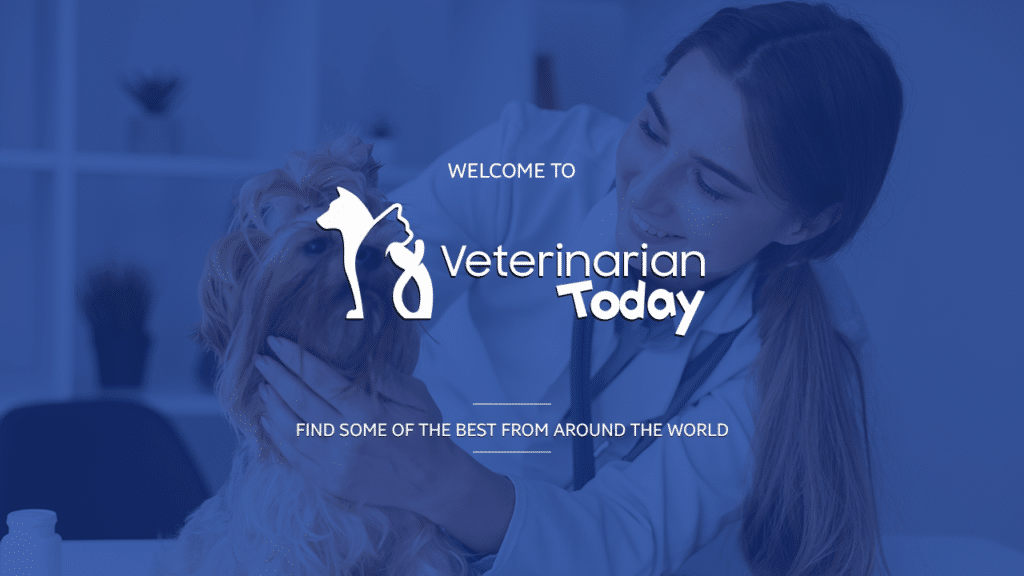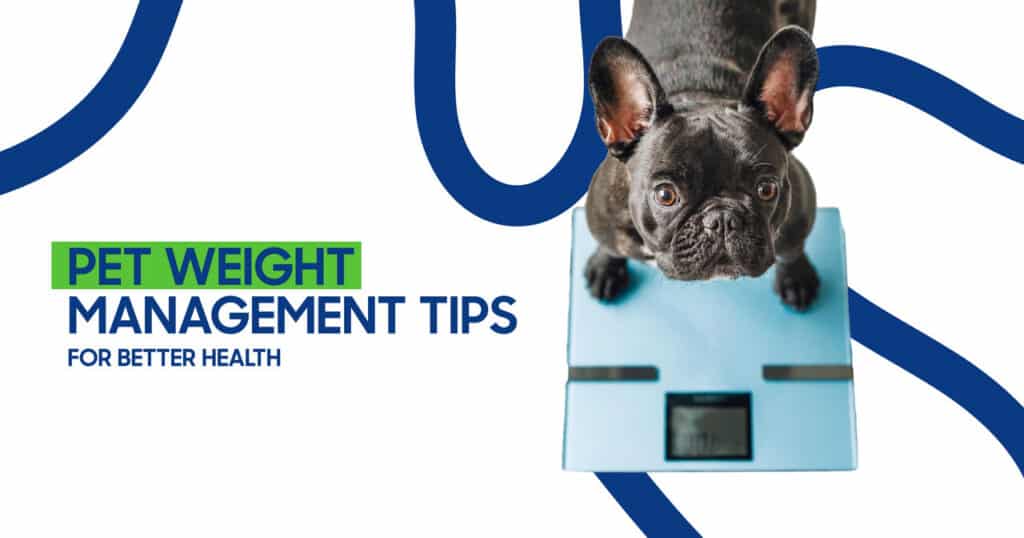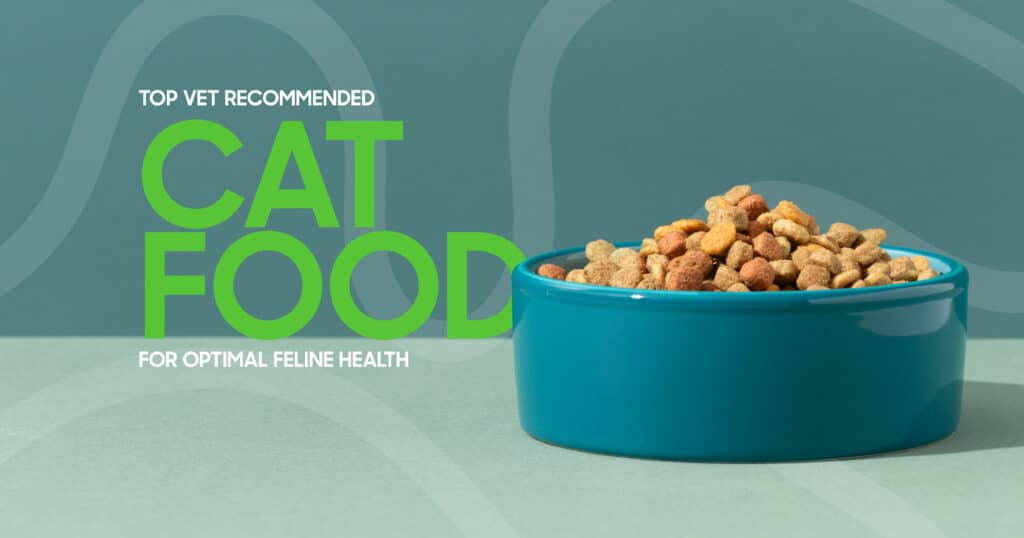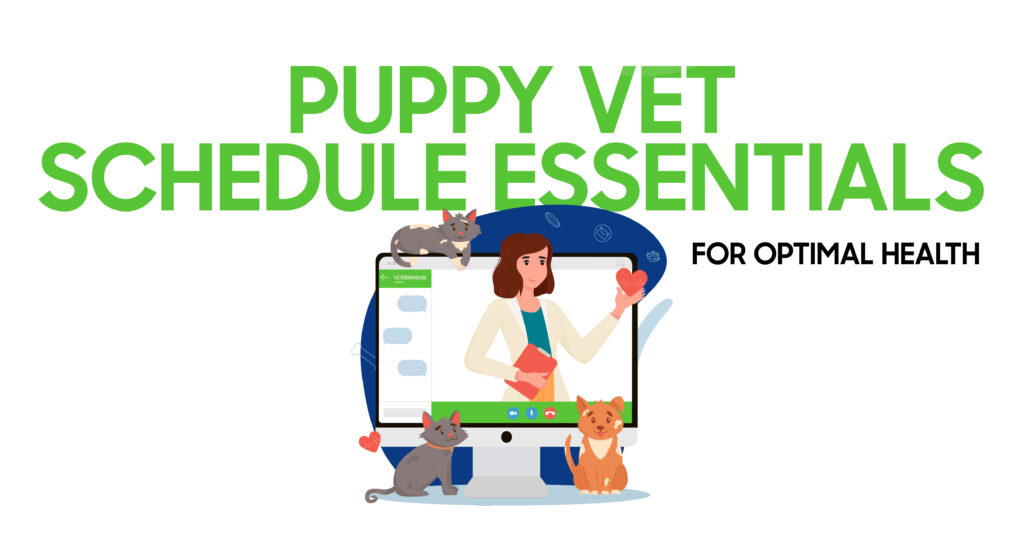Being a pet owner, the most important aspect regarding your pet’s health is to keep your pet at a normal weight. Dogs and cats can face various health issues, such as diabetes, heart disease, arthritis, and a shorter lifespan, due to unhealthy conditions. Pet weight management has everything to do with controlling how much of what your pet eats.
Proven adequate weight management will provide enough balance to your pet because giving the appropriate exercise, nutrition, and veterinary follow-up checkups is vital for your pets. In this article, we will guide you on how essential weight management is and what the healthy weight benefits entail for your pets, as well as tips and practices that will keep the undesired weight at bay.
Benefits of a Healthy Weight for Pets
Maintaining a healthy weight for your pet is very important. It ensures that your dog or cat lives a long and healthy life with fewer health risks. Let’s explore the many benefits of maintaining a healthy weight for your pet.
Prevention of Obesity-Related Diseases
Obesity might lead to various disorders, including heart disease, hypertension, and diabetes. You will reduce the risk of these diseases by keeping your pet fit and healthy. Overweight conditions like arthritis, kidney diseases, or even some kinds of cancers can be prevented adequately when proper pet weight management is done.
Does My Cat/Dog Have Signs of Diabetes?
One of the diseases linked to overweight pets is diabetes. Cats and dogs are easily susceptible to diabetes if they continue being overweight. Common signs that indicate your pet has diabetes include, being thirstier, more than the usual number of times, urinating and losing weight despite eating like before, and being lazy. If you experience any of them, you should visit your vet as soon as you can.
Greater Mobility
Excess weight will strain the joints of the pet in ways that are not comfortable for your pet to move aroun. Healthy weight improves mobility so that a pet can run, jump, and play easily. Also, pets with excess weight suffer from painful conditions such as arthritis. By maintaining an optimal weight, pets are ensured an active pain-free lifestyle.
Increased Energy Levels
Overweight pets are likely to be sluggish and less active. So, a pet that’s healthy in terms of its weight will look more vibrant, be more playful, and have the energy to be much more active. They will be participating in playtimes, have longer walks, and go for more outdoor fun.
Better Respiratory Health
Further body weight translates to further pressure in your respiratory system, making breathing harder for the animal. Overweight animals also have a risk of diseases in the lungs such as bronchitis, and apnea at night due to being overweight. Enhancing a pet’s metabolism with the intake of a raw food diet has proven to give them a better metabolism since raw foods provide very thick nutritional meals that make digestion quite smooth.
Reduced Risk of Heat Intolerance
Overweight pets easily become prone to heat intolerance. Pets that carry excess weight have a hard time regulating their body temperatures and tend to be more prone to overheating in warm weather. Ensuring your pet is at the right weight will help your pet better cope with warm weather and exercise during those warmer months.
Improved Immune Function
Being overweight will suppress a pet’s immune system, thereby risking high vulnerability to infections and diseases. A good routine in pet weight management ensures that the pet’s immune system is healthy enough to resist illnesses much more efficiently.
Improved Quality of Life
A healthy weight makes a pet live a life more relaxed and active. They will move around and be more energetic, which also implies less chronic pain and health complications. With such an active lifestyle backed up by a healthy weight, the quality of life they experience will be improved quite considerably.
Longer Lifespan
Animals that have healthy weights live longer than those who are overweight. Studies have shown that overweight animals usually die earlier because they are at risk of chronic diseases. The way you give your pet a chance to live for as long as possible is through the control of your pet’s weight.
How to Know If Your Pet Is at a Healthy Weight
It might sound unusual, but in some species, it can be difficult to pinpoint your pet’s size on any given day. However, there are simple ways to determine if your pet is underweight or overweight.
| Is My Dog Overweight? | Is My Cat Overweight? |
| First, check the body form of your dog to see whether it is overweight. You should be able to feel the ribs without too much fat covering them. Their waistline should be visible when viewed from above, and their abdomen should rise after the ribcage when viewed from the side. If your dog has a round or swollen belly, or you can’t feel their ribs easily, they are likely overweight. | Many cats also do not want the world’s attention to focus on their weight gain so monitoring for weight is very essential. Feel their abdomen for protrusions or distension if your cat seems less active than usual. Their ribs should be easy to feel and there must be an apparent waistline when seen from the top. If you cannot, probably they are overweight. |
Reasons Why Your Pet Might Be Overweight
Many causes exist for a pet to be overweight, and once you understand some of these, you can work on the problem better.
Age
As animals age, their metabolic rate declines and they become less energetic. Most pets tend to gain weight because they burn fewer calories but continue to eat at the same rate. Increased exercise and diet will help in not gaining weight animals as they grow older.
Breed
Some breeds of dogs and cats are more vulnerable to weight gain. For instance, Labradors, Beagles, and Dachshunds have such predispositions that usually lead them to obesity. The same can be said with some breeds of cats, where Domestic Shorthair and Maine Coon are examples that also share the problem of their weight.
Medical Reasons
Other causes of weight gain are some medical conditions, like hypothyroidism or Cushing’s disease. This condition influences the metabolism and causes the pets to gain weight despite unchanged diet and activity level. If you suspect that a medical reason is the cause for your pet’s weight gain, take him to your vet for proper diagnosis and treatment.
Activity Level
Animals that spend more time sitting are obese. This can also be a result of inactivity because they are either too old, too injured, or just plain lazy. Controlling the weight of the animal also requires physical exercises like walking, playing with your pet, or using interactive toys.
Nutrition
The nutritional cause of gaining weight is often improper feeding, overfeeding, or eating the wrong food. Dogs with high-calorie diets, coupled with too many treats are more prone to gaining weight, especially if they cannot burn the extra calories when they are not given some form of exercise. There would be a balanced diet that would meet their requirements for pet weight management.
Nutrition for a Healthy Dog Weight
Proper nutrition is the most important aspect of keeping your dog fit and healthy. It is always advisable to choose good quality food for your pet depending on its age, size, and activity level. This food should contain adequate protein, fat, and carbohydrates so that your dog would not be fed more than the required calories.
| Portion Control | Part of the feeding control of dogs is portioning them because overfeeding occurs due to a lack of measured parts, the packaging usually contains such recommendations. |
| Avoid Table Scraps | At times, table scraps often add extra calories to your dog. Just stick to dog food and avoid giving more human food. |
| Choose Low-Calorie Treats | If you are giving treats to your dog, then choose low-calorie healthy options that should not add extra calories to him. |
Cat Nutrition for a Healthy Weight
This calls for much more care regarding diet and quantity while one is in charge of an indoor cat’s weight. Cats are obligate carnivores and demand high-quality protein content within the diet for fitness.
- High-Protein, Low-Carb Diet. It has a high level of protein and low levels of carbohydrates. Feed your cat a diet high in animal protein and low in carbohydrates, tailored to meet their specific needs.
- Control Portions. Keep the measuring cup hidden and do not let your cat overeat. Doing all-day food is usually synonymous with overeating, so set a schedule for feedings.
- Avoid Overindulging in Treats. Limit treats and choose lower-calorie options to maintain your cat’s health.
Activities to Manage Pet Weight
Of course, exercise is the second closest contender with diet as it pertains to maintaining control over your weight. These are some great activities for your pets:
Activities for Dogs
| Daily Walks | Walking daily is also significant in keeping the body at the ideal weight. At least, walk for 30 minutes each day. |
| Interactive Play | Fetch, tug-of-war, and other games will keep your dog active and interested. |
| Agility Training | Agility programs are psychically challenging as well as purely physical. They can have caloric expending fun. |
Activities for Cats
- Interactive Toys. Activities such as playing with laser pointers, feather wands, and puzzle toys work to get the cat exercised.
- Climbing Structures. They love climbing. So, provide them with scratching posts, shelves, and cat trees.
- Playtime. This means that any day there is free time to play with the cat just like every day.
Tips for Weight Management in Pets
A healthy weight demands continuous dedication and consistency. The following will ensure that you maintain successful pet weight management.
Wellness Exams
Routine wellness exams before your vet can monitor its general health conditions. Your vet will always present pretty valuable advice on managing their pet’s weight and address issues before they get chronic or unmanageable.
Nutritional Consultation
If you’re unsure about the best diet for your pet, consider scheduling a nutritional consultation with your vet. They can recommend a feeding plan tailored to your pet’s specific needs.
Restrict Table Scraps
Feeding the pet leftovers from the dinner table also contributes to being overweight. Keep your food from them by keeping it out of their reach and not feeding them leftovers.
Limit Treats
The number of treats should not exceed 10% of your pet’s daily consumption. They are only recommended in special cases and healthy ones.
Read Food Labels
Always read the labels on pet food when buying. Buy food suitable to the age, breed, or activity level of the animal so that they take the nutrients needed without the excessive calories.
Final Discussion Pet Weight Management
Perhaps the biggest service that you could give your pet in terms of a healthy life span would be to keep them at the right weight. Managing your indoor pet’s weight is a crucial aspect of pet weight management. Veterinary clinics play a vital role in addressing obesity, ensuring proper nutrition, and supporting overall health, helping your pet live a long and healthy life. So then, by these recommendations and by keeping your pet healthy, you can help make them live life to the fullest.
FAQ’s
-
How can I tell if my pet is overweight?
Check your pet’s body shape. You should be able to feel their ribs, and their waistline should be visible from above. If you’re unsure, consult your vet.
-
What should I do if my pet is overweight?
Adjust their diet, reduce treats, and increase exercise. A vet can help create a personalized weight management plan.
-
How can I manage my indoor cat’s weight?
Provide measured meals, avoid free feeding, and encourage playtime to keep your cat active.
-
Is there food for pet weight management?
Yes, ASPCA pet food weight management options are lower in calories but rich in nutrients, helping maintain a healthy weight.
-
How much exercise does my pet need for weight management?
Dogs need at least 30 minutes of daily exercise. Cats benefit from interactive play sessions to stay active and healthy.






